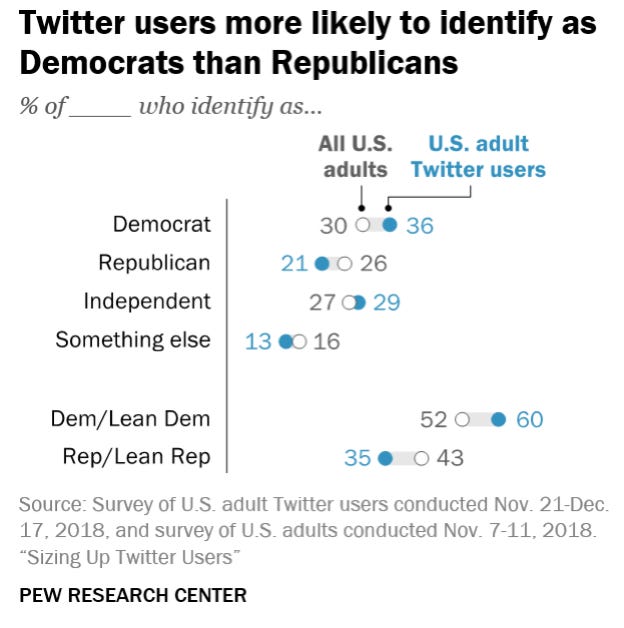Twitter just announced it will ban political ads. That will affect Democrats, but Trump not so much.
Twitter founder Jack Dorsey announced Wednesday his social network will ban political ads. In a Twitter thread, Dorsey said the ban will apply to both candidates and issues ads and will begin November 22.

But who’s advertising on Twitter anyways and how could the ban change presidential campaign digital spending?
A review of Twitter’s ad library Wednesday afternoon found the ban will impact Democratic campaigns, who have spent hundreds of thousands of dollars and in some case more than $1 million on the platform, but not so much for President Trump’s campaign.
No ads have run in the past seven days from accounts including @realDonaldTrump, @GOP, or @TrumpWarRoom, per Twitter’s ad library and none of those accounts have a spending history listed on the site.

One reason the Trump campaign might not feel the need to advertise on Twitter could be the candidate’s organic reach. With 66.4 million followers, @realDonaldTrump is the 11th most-followed account on Twitter, according to SocialBlade (@BarackObama is No. 1 with 110 million followers). Why spend money on Twitter when the candidate’s tweets make news on a regular basis and that money could go towards Facebook, the thinking may go (the Trump campaign has spent more than $21.2 million on Facebook ads since May 2018, far more than any Democratic campaign, and $220,065 in the past seven days alone).
Meanwhile, here are figures for 11 Democratic campaigns ranked in order of their Twitter spending. The figures are based on their credit card funding spending plus their insertion order spending:
Beto O’Rourke - more than $1.6M
Kamala Harris - $1.1M
Elizabeth Warren - $901.7
Joe Biden - $616.8K
Tom Steyer - $536K
Pete Buttigieg - $381.8K
Bernie Sanders - $317K
Tulsi Gabbard - $181.1K
Amy Klobuchar - $87.1K
Cory Booker - $51.2K
Andrew Yang - $19.3K
These figures are dwarfed by Democratic Facebook spending. As seen in the graphic in yesterday’s issue of Yello, nine Democratic campaigns have already spent more than $1 million on Facebook ads.
Twitter is a much smaller social network than Facebook. According to a Pew survey of social media use released in April, 69% of U.S. adults are on Facebook and 37% are on the Facebook-owned Instagram, while just 22% are on Twitter.
Still, Twitter plays an outsized role in politics, particularly on the left. Pew found Twitter users are more likely to identify as Democrats than average U.S. adults, so banning Twitter ads will cut Democrats off from advertising on an important digital outlet ahead of 2020’s primaries.

Dorsey referenced Twitter’s size in Wednesday’s announcement, saying in one tweet that the social network is “a small part of a much larger political advertising ecosystem” but also seemed to subtweet Facebook, whose founder Mark Zuckerberg said earlier this month he considered a ban on political ads for his company’s platforms but decided against it:

At least in terms of the presidential race, Twitter’s decision could have a far greater impact on Democrats than Trump, but it sets a new standard on how social networks treat paid political advertising.



